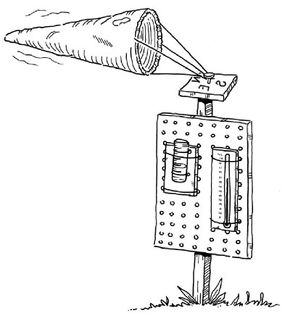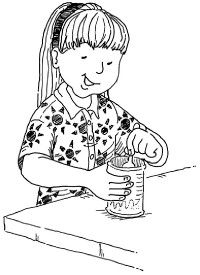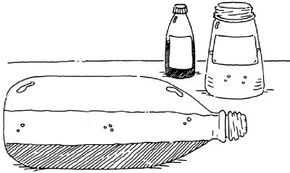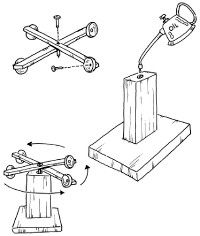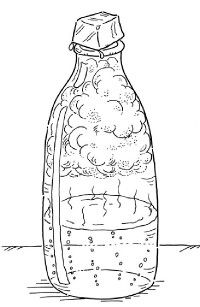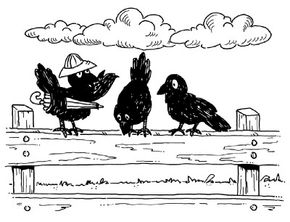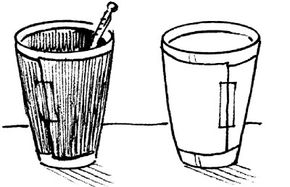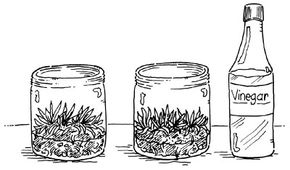Science projects for kids: weather and seasons are an ideal teaching tool because they keep kids engaged and clearly explain natural phenomenon, such as weather and seasons. When kids actively participate in learning, they retain knowledge longer and become inspired to study more.
Whether you're planning a classroom lesson or just looking for rainy day fun, these science projects for kids will deepen their learning about weather and seasons.
Advertisement
On the following pages, you'll get great ideas for science projects for kids: weather and seasons.
Teach children about condensation and temperature with this easy science project for kids. Find out how to make Can Frost.
Oil and water don't mix, but together they can teach kids about the dynamic motion of waves. Learn how to prepare this science project for kids.
Learn how to build a device with your kids that measures wind speed. Read about Clock the Wind, a science project for kids.
Teach kids how to make fog in a bottle with this captivating science project. Get directions on how to prepare Foggy Notions.
How powerful is the wind? This science project for kids will show you just how much matter the wind transports. Find out how to prepare this experiment.
Find out how to make your very own barometer with your kids, and then measure the air pressure with your device. Learn to make this science project.
This science project teaches kids two methods of measuring environmental pollutants in the air. Find out what you'll need to prepare this science project for kids.
Assemble all the tools you and your kids will need to measure changes in the weather and eventually make predictions. Learn to make this science project.
Distinguish scientific facts from creative embellishments with this science project for kids. Separate fact from fiction in folktales about weather and seasons.
Teach kids how much the colors they wear affect them. Stay Cool, Stay Warm is an eye-opening science project for kids that teaches a valuable lesson.
Help kids learn about weather and seasons all over the world. Get directions for All Kinds of Weather, a research science project for kids.
This science project teaches kids to chart the movement of the earth during the different seasons. Find out how to prepare this science project.
We've all heard of acid rain, but this science project illustrates its effects in a chilling way. Read about Rain, Rain -- Go Away.
Why is the sky blue? This science project for kids provides a clear demonstration of the atmospheric mechanism that colors our sky.
Teach your kids how to make Can Frost, a science project that educates kids about condensation. Get directions on the next page.
Want more science projects you can do with your kids? Try:
Advertisement
